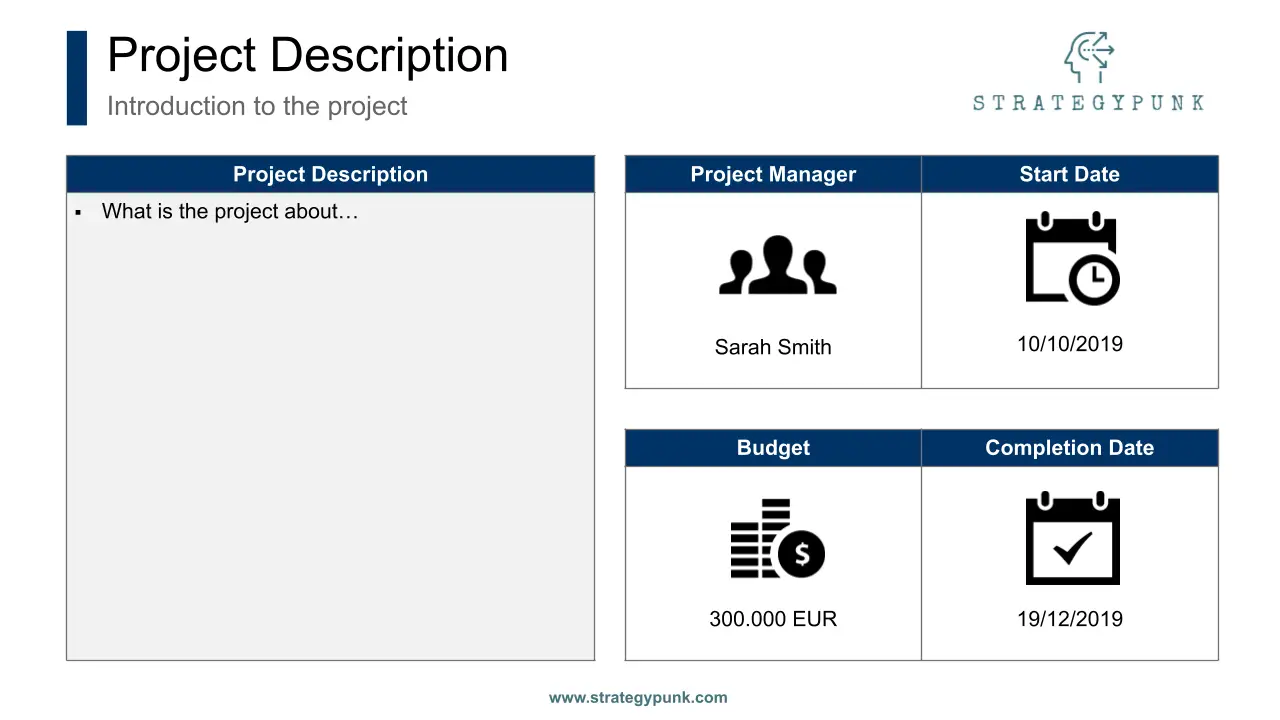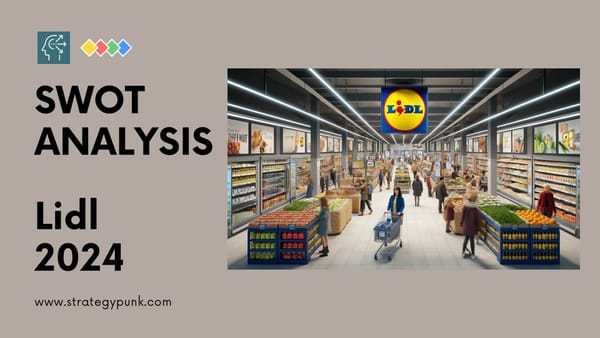Project Plans: 7 Elements You Can't Ignore
Curious about the core components of a successful project plan? Dive into our guide to uncover the seven essential elements every project plan should include, setting the stage for unparalleled success.

In the vast realm of project management, have you ever wondered what distinguishes a successful project plan from a mediocre one?
It's not just about ticking off tasks or meeting deadlines.
Instead, it's about crafting a comprehensive roadmap that guides every team member toward a shared vision.
But what seven indispensable elements breathe life into such a project plan?
Let's delve into the seven essential components every project plan should encompass: The Why, The Scope, The Benefits, The Constraints, The Project Team, The Stakeholders, and The Risk Management.
Why: The Heartbeat of Your Project
Guideline: Introduce the idea and follow it up with an explanation.
Every project begins with a 'why.'
This is the core purpose, the driving force behind every action and decision.
Why are you embarking on this journey? What's the underlying motivation?
Understanding the 'why' provides clarity and serves as a beacon, illuminating the path when challenges arise.
It's the foundation upon which every other element of your plan rests with a clear 'why,' the project can easily stay on course.
Scope: Defining the Boundaries
Guideline: Use an analogy to make the point relatable.
Think of the scope as the map of your project's territory.
It outlines what's included and, just as crucially, what's excluded.
By defining the scope, you're setting precise boundaries, ensuring the project stays within uncharted territory, and overlooks essential landmarks.
Benefits: The Rewards of the Journey
Guideline: Pose a rhetorical question to engage the reader.
Why should anyone invest time, resources, or energy into the project?
The answer lies in the benefits.
Upon successful completion, stakeholders can expect these tangible and intangible rewards. Whether it's increased revenue, enhanced customer satisfaction, or a stronger market position, highlighting the benefits keeps everyone motivated and aligned with the project's objectives.
Constraints: Recognizing the Limitations
Guideline: Share a personal anecdote or experience to provide context.
In my early days of project management, I once overlooked the constraints of a project, thinking that passion and dedication would overcome any obstacle.
I was wrong.
Every project has limitations, be it budget, time, or resources.
Recognizing and planning for these constraints ensures you're prepared to navigate them rather than being caught off guard.
Project Team: The Champions Behind the Vision
Guideline: Use a metaphor to illustrate the point.
A project is like a ship sailing towards a distant shore; the project team is its crew.
Each member brings a unique skill set, ensuring the ship stays on course and overcomes any storm.
By clearly defining roles and responsibilities, you empower each team member to play their part effectively, providing a collaborative and harmonious journey.
Stakeholders: The Voices That Matter
Guideline: Address potential doubts or concerns the reader might have.
You might wonder, "Aren't stakeholders just passive observers?" Far from it.
Stakeholders, whether they're clients, investors, or end-users, have a vested interest in the project's outcome.
Engaging them, understanding their expectations, and keeping them informed ensures that the project aligns with their needs and garners support.
Risk Management: Preparing for the Unknown
Guideline: Use a direct command to guide the reader's actions.
You can always anticipate potential risks.
By identifying, assessing, and preparing for uncertainties, you're not just being cautious; you're ensuring the project's resilience.
A robust risk management strategy acts as a safety net, catching unforeseen challenges and turning them into opportunities for growth.
Wrap Up
In weaving together these seven elements, you're creating a project plan and crafting a masterful blueprint for success.
Such a program doesn't just guide; it inspires, motivates, and empowers.
It's a testament to the interdisciplinary nature of project management, which draws on various fields to provide a holistic approach.
Remember, the essence of a project isn't just in its completion but in the journey toward its realization.
A well-structured plan that encompasses these essential elements makes that journey a transformative experience, fostering growth, collaboration, and lasting success.
What are the seven elements every project plan should include?
The seven essential components of every project plan should encompass the why, Scope, Benefits, Constraints, Project Team, Stakeholders, and Risk Management.
Must-Explore Recommendations
Executive Project Status Report: Free PowerPoint Template
Keep your project on track with this free and fully editable Executive Status Report Template.

Learn The Truth About the Impact Effort Matrix In 60 Seconds (Free Guide & Template)
The Impact Effort Matrix is a decision-making tool that evaluates the importance of any endeavor by impact and effort.
Free PowerPoint, Google Slides, and PDF Template.








